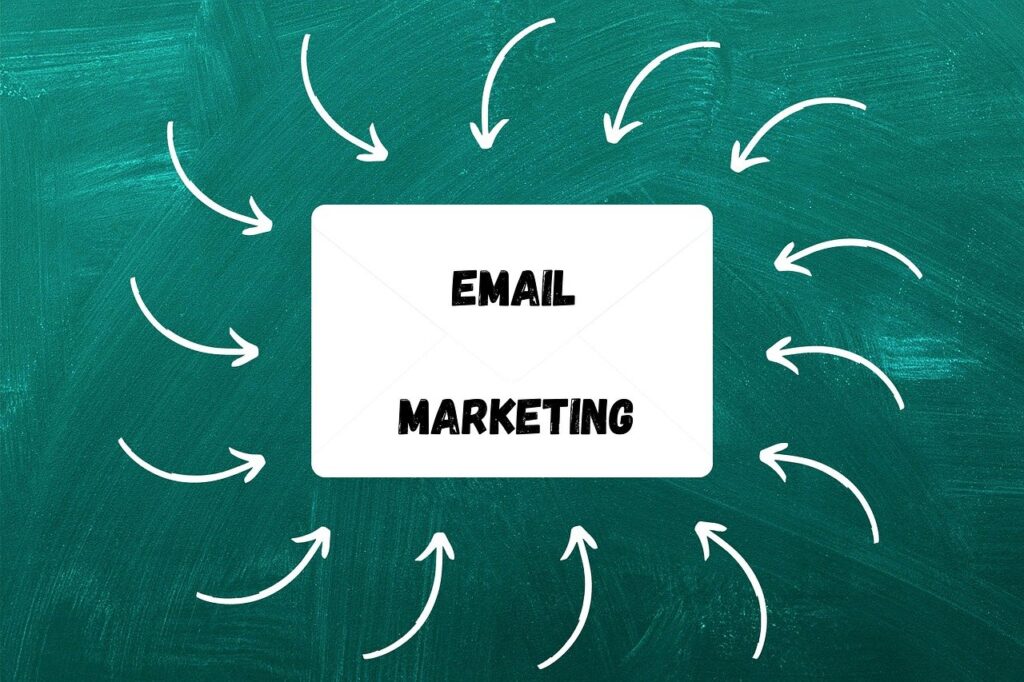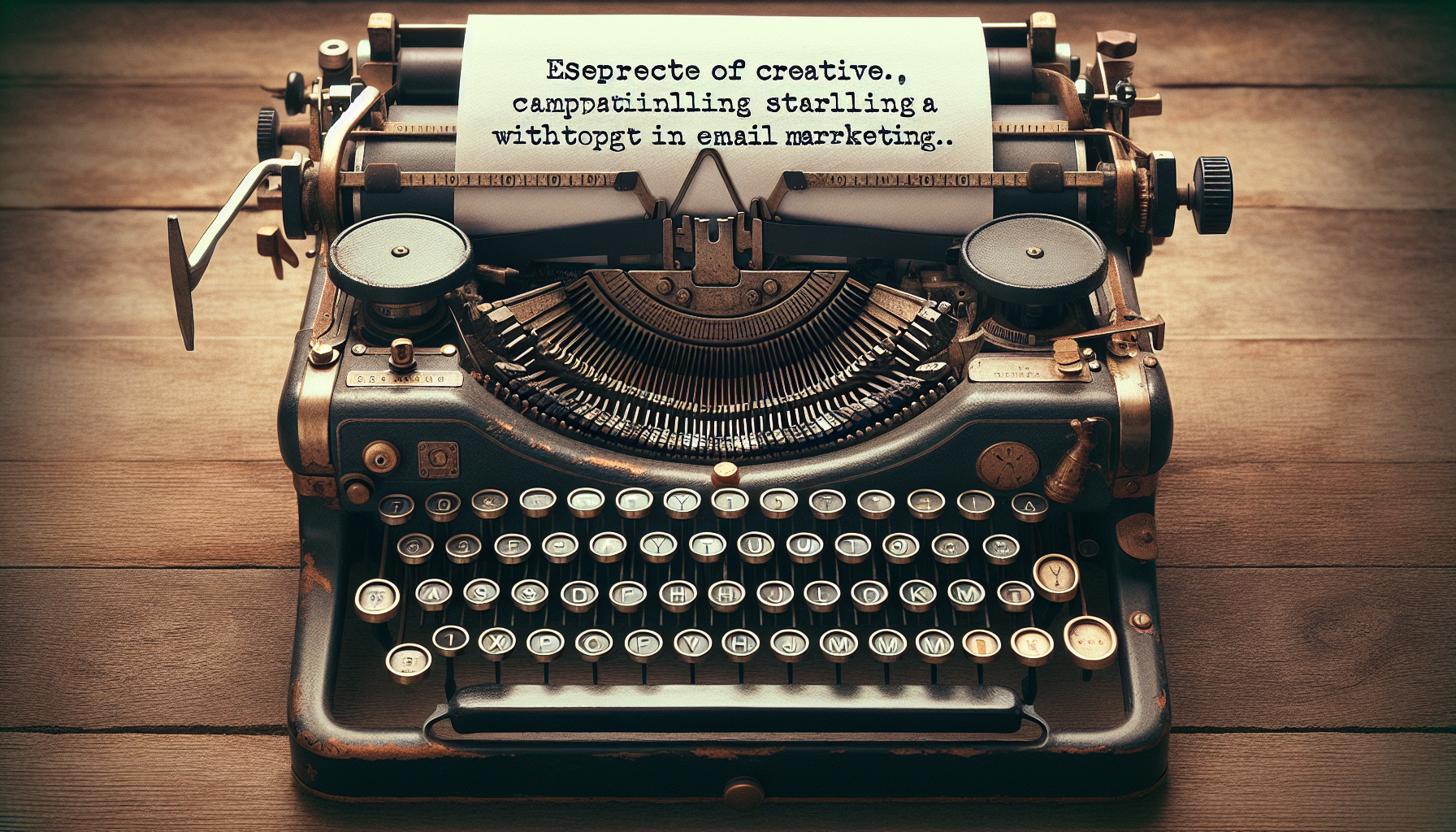Why Is Storytelling Important in Email Marketing?
Storytelling plays a crucial role in email marketing because it helps you connect with your audience on a personal level. By sharing stories, you can create an emotional connection with your readers, making them more likely to engage with your content and ultimately, convert into customers. In today’s digital world where consumers are bombarded with advertising messages, storytelling sets you apart by making your emails more memorable and engaging.
How Does Storytelling Enhance Email Marketing Campaigns?
Storytelling enhances email marketing campaigns by making them more engaging and memorable. When you tell a story in your emails, you capture your audience’s attention and keep them interested in what you have to say. This can lead to higher open rates, click-through rates, and ultimately, more conversions for your business. Additionally, storytelling allows you to showcase your brand’s personality and values, helping you build a loyal customer base.

The Psychology Behind Storytelling in Email Marketing
Understanding the psychology behind storytelling in email marketing can help you craft more effective campaigns. As humans, we are wired to respond to stories because they evoke emotions and make information more memorable. When you tell a story in your emails, you are tapping into your audience’s emotions, which can influence their purchasing decisions. By understanding the psychological principles behind storytelling, you can create email campaigns that resonate with your audience and drive results.
How Emotions Impact Buying Decisions
Emotions play a significant role in buying decisions, and storytelling is a powerful tool for evoking emotions in your audience. When you share a story that triggers an emotional response, such as joy, sadness, or fear, you create a connection with your readers. This emotional connection can influence their decision-making process, making them more likely to make a purchase. By leveraging emotions in your email marketing campaigns, you can create a stronger bond with your audience and drive sales for your business.
The Power of Personalization in Storytelling
Personalization is key in email marketing, and storytelling allows you to tailor your messages to resonate with individual recipients. By sharing stories that are relatable and relevant to your audience, you can make them feel like you are speaking directly to them. Personalized storytelling shows your readers that you understand their needs and challenges, building trust and loyalty with your brand. When you personalize your email campaigns with compelling stories, you can increase engagement and conversions.
Best Practices for Incorporating Storytelling in Email Marketing
To effectively incorporate storytelling in your email marketing campaigns, follow these best practices:
Know Your Audience
Before you start crafting stories for your emails, take the time to understand your audience. What are their interests, pain points, and goals? By knowing your audience, you can create stories that resonate with them and address their needs effectively. Tailor your storytelling to match the preferences of your target audience for maximum impact.
Create Engaging Narratives
Craft compelling narratives that captivate your audience from the subject line to the closing statement. Start with a hook that grabs their attention and keeps them reading until the end. Use descriptive language, vivid imagery, and relatable characters to bring your stories to life. A well-crafted narrative will keep your readers engaged and eager to learn more about your brand.
Be Authentic and Transparent
Authenticity and transparency are essential in storytelling. Your audience wants to connect with real stories and experiences, not overly promotional content. Be honest and genuine in your storytelling, and don’t be afraid to show vulnerability. Authentic stories resonate with audiences and build trust, ultimately leading to stronger relationships with your customers.
Use Visuals to Enhance Your Storytelling
Visuals can enhance your storytelling by providing a visual representation of your narrative. Incorporate images, videos, and infographics into your emails to make your stories more engaging and memorable. Visual content can help convey emotions, set the mood, and reinforce your brand’s message. Use visuals strategically to complement your storytelling efforts and create a multi-sensory experience for your readers.
Test and Optimize Your Storytelling Strategies
Testing and optimizing your storytelling strategies is essential to determine what resonates with your audience. Experiment with different story formats, tones, and themes to see what generates the best results. Use A/B testing to compare the performance of different storytelling approaches and refine your campaigns accordingly. By analyzing the data and feedback from your audience, you can continuously improve your storytelling efforts and drive better outcomes.

Examples of Successful Storytelling in Email Marketing
To inspire your storytelling efforts, here are some examples of successful storytelling in email marketing:
Airbnb
Airbnb is known for its powerful storytelling in email marketing campaigns. The company shares stories of real travelers and hosts, showcasing unique experiences and destinations around the world. By highlighting personal stories, Airbnb connects with its audience on an emotional level and inspires them to explore new places. Their emails feature stunning visuals, compelling narratives, and calls to action that encourage readers to book their next adventure.
Patagonia
Outdoor clothing brand Patagonia uses storytelling to convey its brand values and commitment to environmental sustainability. The company shares stories of people who are making a difference in the world, from conservationists to activists. Patagonia’s emails often include educational content, inspiring stories, and calls to action that encourage readers to support environmental causes. By aligning its brand with purpose-driven storytelling, Patagonia builds a loyal customer base that shares its values.
Warby Parker
Eyewear company Warby Parker incorporates storytelling into its email marketing campaigns to engage customers and showcase its products. The company shares stories of its founders, design process, and impact initiatives, creating a human connection with its audience. Warby Parker’s emails feature behind-the-scenes glimpses, customer testimonials, and product stories that highlight the craftsmanship and quality of its eyewear. By weaving storytelling into its emails, Warby Parker differentiates itself in a competitive market and builds a strong brand identity.

Conclusion
Storytelling plays a vital role in email marketing by creating emotional connections with your audience and making your messages more engaging and memorable. By understanding the psychology behind storytelling and following best practices, you can craft compelling narratives that resonate with your readers and drive results for your business. Incorporate storytelling into your email marketing campaigns to build relationships, foster loyalty, and inspire action among your audience. Embrace the power of storytelling to stand out in a crowded inbox and make a lasting impression on your subscribers.

Comments are closed